From the January 2023 issue of Apollo. Preview and subscribe here.
The work that opens ‘Meret Oppenheim: My Exhibition’ is a small gouache depicting an androgynous figure in red standing on a balcony, hands crossed contemplatively on the railing. The figure’s large eye, the only feature on its bald head, looks out from the picture into some unseen space. Made in 1933, when Oppenheim was 20 and living in Paris, the painting may have been informed by her exposure as a child, in Switzerland and Germany, to Carl Jung’s theories of the unconscious. In any case, the emphatic eye epitomises Oppenheim’s lifelong exploration of worlds just beyond the visible realm.
‘My Exhibition’ is the first retrospective of Oppenheim’s work in the United States in a quarter century – an overdue examination of an artist who got her start in the Surrealist circles of interwar Paris and developed a singular body of work characterised by an array of idioms, materials and forms. The third stop on a transatlantic tour (via the Kunstmuseum Bern and the Menil Collection), the Museum of Modern Art’s iteration brings together some 200 works, from Oppenheim’s juvenilia of the 1920s to her final works in the mid ’80s. (She died in 1985.)
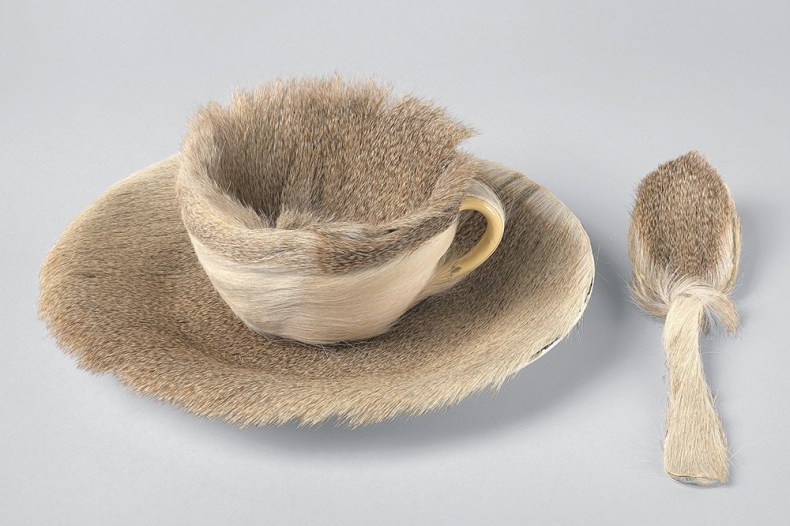
Object (1936), Meret Oppenheim. Museum of Modern Art, New York
In her first solo show, in Basel in 1936, Oppenheim exhibited 20 works that ran the gamut: drawings, paintings, sculptures, and assemblages. Max Ernst referred to her in his introduction to the show as ‘little Meret’ and a review in the newspaper National-Zeitung followed suit, suggesting ‘little Meret’ practise ‘less extravagance, more objectivity’. Instead, Oppenheim immediately debuted Object (1936), a gazelle-fur-covered teacup, saucer and spoon that became a sensation when it travelled to MoMA later that year for Alfred Barr’s exhibition ‘Fantastic Art, Dada, Surrealism’. Barr argued that Object represented ‘the most extreme, the most bizarre improbability’, but possibility feels more in line with Oppenheim’s thinking. If her work is often humorous and playful, it can also be biting.
I prefer Jenny Holzer’s reading of the sinister Object as ‘a cup that could fight back’. In Ma gouvernante – My Nurse – Mein Kindermädchen (1936/1967), a pair of white high heels is trussed, topped with paper frills, and presented on a silver platter. The remarkable ease with which Oppenheim transforms fashionable footwear into cooked goose nearly supersedes the sharp connection she draws between women, domesticity and gender hierarchies.
Returning to Basel in 1937 as the political situation in Europe grew worse, Oppenheim suffered what she described as an 18-year crisis, fed in part by the gender-based discrimination she experienced and the sense of inferiority it inspired in her. Her moody, often mystical work during this period focuses on landscapes, nature, myths, and legends. When Oppenheim’s gloom lifted, her work emerged with a renewed hunger for colour and formal experimentation. She flung her imagination wide, casting into the further reaches of the natural world, rendering clouds and celestial bodies in two and three dimensions and conjuring an animistic feel for natural materials. She re-engaged, too, with the witty potential of found materials. In A Distant Relative (1966), a sculpted pair of drooping breasts protrudes from the back of an ornate tabletop frame. Between them emerges a thin phallic form, blushing red up the shaft from its tip; it also resembles a tail, in a possible play on the work’s reversal of front and back, and recalled for me the title of Picasso’s play Desire Caught by the Tail (1941).
Oppenheim’s artistic production gained speed in the latter half of her life, proving just as bold and restless, and the inventiveness of her output dispels the aura Object has cast over her career. The furred tea set ignited her reputation, but it also came to represent her synecdochically. MoMA curator Anne Umland notes ‘art history’s myopic focus’ on Object, and Nina Zimmer, from the Kunstmuseum Bern, reports that in 1967 Oppenheim ‘pushed – ultimately in vain – to have her X-ray self-portrait […] as the frontispiece’ of the catalogue for her retrospective at the Moderna Museet, rather than the Man Ray photograph Érotique voilée (1933), in which she appears nude. (Still, MoMA displays Object on its homepage to illustrate the exhibition and used it in 2009 to highlight ‘The Erotic Object: Surrealist Sculpture from the Collection’. So, too, the Guggenheim, which mounted the anaemically titled ‘Meret Oppenheim: Beyond the Teacup’ in 1996.)

New Stars (1977–82), Meret Oppenheim. Kunstmuseum Bern. Photo: courtesy Kunstmuseum Bern
‘My Exhibition’ offers insights into how Oppenheim herself thought about her art – its connections, interrelations and themes. In a central gallery are 12 drawings she made in 1983 in anticipation of her retrospective at the Kunsthalle Bern. On each large sheet of paper, she rendered small coloured-pencil versions of more than 200 works made between 1931 and 1983. She referred to these drawings as an ‘Imaginary Exhibition’, and they served as a proposal: a way to potentially arrange her work in the Kunsthalle’s galleries. At Bern, Oppenheim positioned The Green Spectator (1959) – an enigmatic limewood monolith topped with a shaped copper ‘head’ inscribed with spiral petroglyphs – so that it blocked a passageway into an adjoining gallery but permitted a view on to the works there, all of which dated from the 1960s on, essentially creating a window to the future, but a future that can be reached only by obeying chronological time (that is, proceeding through the order of the galleries). The other-worldly New Stars (1977–82), among her last works, was hung in the final room, over the doorway blocked by The Green Spectator.
Umland writes that this arrangement ‘allowed Oppenheim to bring the continuous thread of her career full circle, to create a point where past and present meet’. MoMA’s hanging doesn’t fully carry out this playful intentionality, but the interrelatedness of Oppenheim’s work – her abiding interest in transformation, sly revelation, and piercing the veil of the everyday world – is unmistakable, even among roving styles and materials. ‘I simply always did what I felt like doing, anything else wouldn’t agree with the way I work,’ she said in 1983. ‘Committing to a particular style would’ve bored me to death.’
‘Meret Oppenheim: My Exhibition’ is at the Museum of Modern Art, New York until 4 March.
From the January 2023 issue of Apollo. Preview and subscribe here.
Unlimited access from just $16 every 3 months
Subscribe to get unlimited and exclusive access to the top art stories, interviews and exhibition reviews.

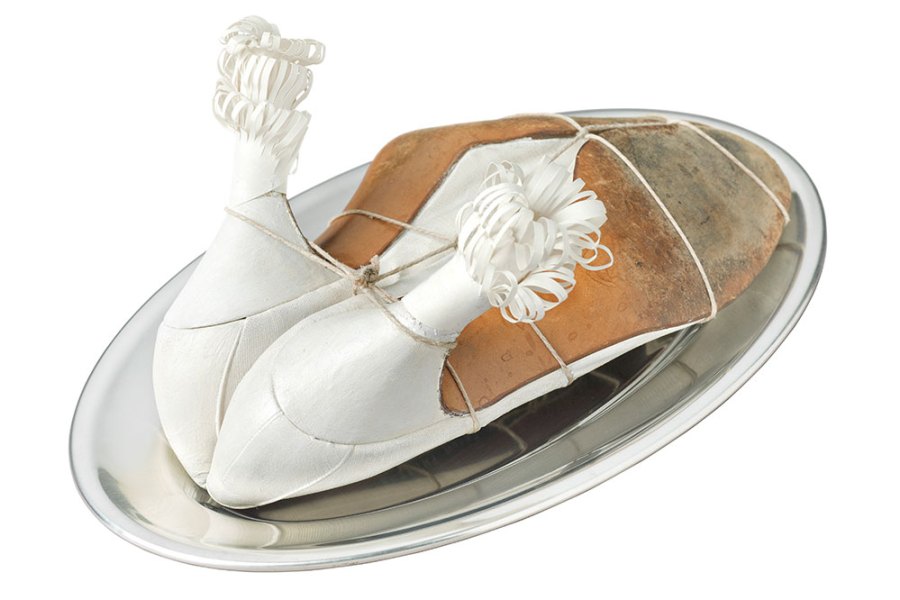
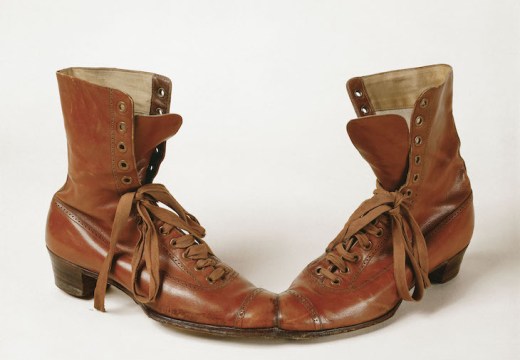
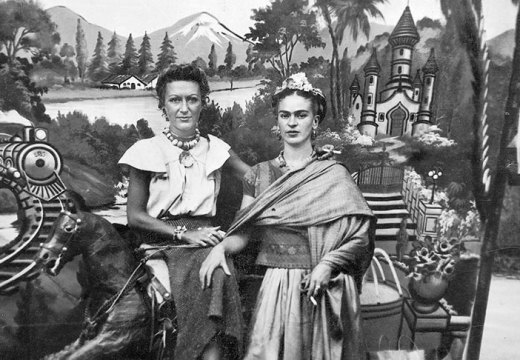
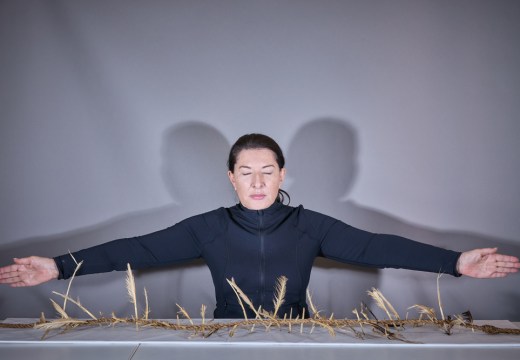









![Masterpiece [Re]discovery 2022. Photo: Ben Fisher Photography, courtesy of Masterpiece London](http://www.apollo-magazine.com/wp-content/uploads/2022/07/MPL2022_4263.jpg)
It’s time for the government of London to return to its rightful home